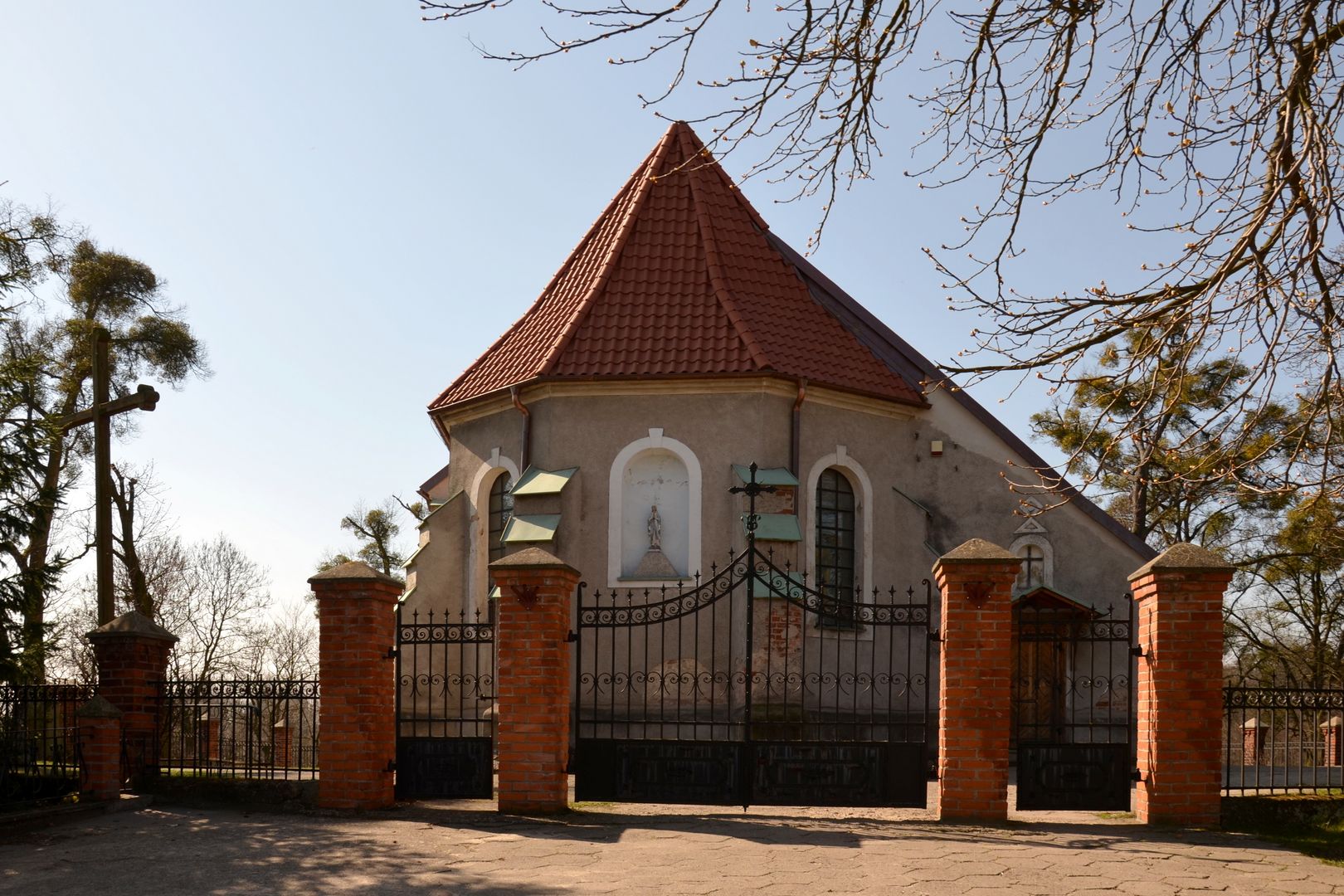Radomin
6.36

Overview
Radomin, a rural commune in the Kuyavian-Pomeranian Voivodeship with its seat in Radomin, boasts a rich history dating back to the Płonne commune established in 1867. During World War II, the commune's name was changed, leading to the creation of the Radomin commune. Post-war administrative changes were so complex that, despite formal transformations, the Płonne commune continued to function in practice for a long time. The commune covers an area of 80.77 km², with 85% of the land being agricultural and 8% forested, featuring the Bobrowisko Nature Reserve, which protects the Polish larch, as a key element of nature conservation. The commune's demographics show a decline in population from 4,167 people in 2009 to 3,837 in 2019. Radomin and the surrounding areas are home to numerous historical monuments, including an 18th-century wooden church in Dulska, the 14th-century Church of St. James in Płonne, and the Church of St. Nicholas in Radomin. It is also worth visiting the manorial park with its beech tree avenue in Radomin and the palace complex in Szafarnia, which houses the Chopin Center. The commune includes many villages, such as Bocheniec, Gaj, Jakubkowo, and Szafarnia, and is bordered by the neighboring communes of Brzuze, Golub-Dobrzyń, Wąpielsk, and Zbójno. An interesting fact is that the Radomin commune has its place in history through various administrative transformations, reflecting the complex post-war administrative relations in Poland.
Location
2025 Wizytor | All Rights Reserved